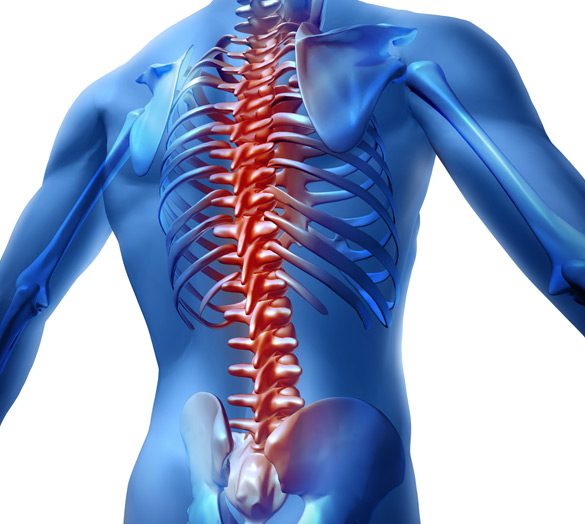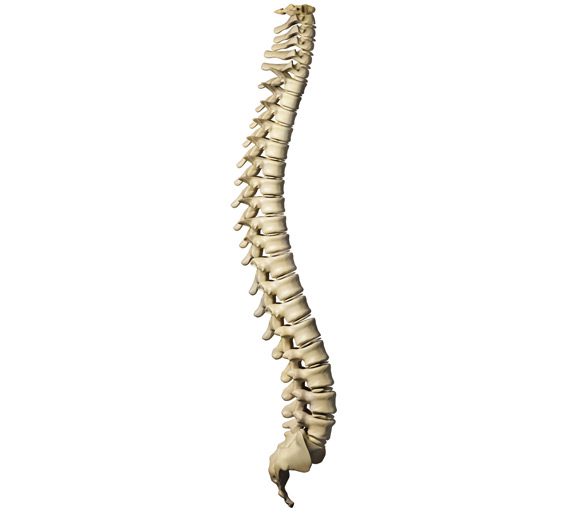Laser spine surgery is a minimally invasive approach to correcting abnormalities with the spine and easing pressure on nearby nerves. It’s an approach to spine surgery that goes beyond the use of lasers to include an assortment of surgical techniques and tools. It’s an appealing alternative to traditional open procedures designed to minimize patient risks and downtime. As with any type of spine surgery, however, the goal is to provide patients with as much relief from pain as possible.

Utilizing Proven Technology
Lasers have been used in surgery for more than 50 years and in back surgery since the 1980s. The specific laser used to perform surgery will depend on the location of the affected area of the spine and thickness of tissues. Surgery may be performed with different tools, including a carbon dioxide (CO2) laser that produces heat that’s intense enough to precisely cut through tissues while minimizing bleeding.
Laser Spine Surgery Procedures
Laser spine surgery can address spine pain felt in the lower back, neck, legs, thighs, arms, or shoulders. Pain related to conditions such spinal stenosis, degenerative disc disease (DDD), spondylolisthesis, spinal narrowing, sciatica, and SI joint irritation can also be treated surgically with minimally invasive laser spine procedures. Surgery sometimes involves complete or partial removal of obstructions limiting space for nerves. Decompression procedures may be performed to remove bone spurs (osteophytes) or part or all of a disc irritating a nerve. Procedures performed may include:
- Laminotomy: A thin, bony plate covering the spinal cord (laminae) is removed to relieve pressure on a nerve or on the spinal cord itself.
- Discectomy: Soft inner disc material protruding from one of the spongy discs cushioning the spine is removed when non-surgical options aren’t effective.
- Anterior cervical discectomy fusion (ACDF): An alternative to traditional open spine fusion performed through the front (anterior) part of the cervical spine (neck).
How Laser Spine Surgery Is Performed
As with any type of surgery, minimally invasive procedures are only an option if non-surgical treatments aren’t providing relief. The goal of laser spine surgery is to minimize trauma to the spine and its supporting muscles. Small incisions are made and special instruments are used to access the affected part of the spine. Muscles are moved rather than cut whenever possible and special instruments are used to reach the affected area of the spine.

Recovery and Follow-Up Care
Many procedures are performed on an outpatient basis. Recovery typically includes avoiding strenuous activities as the spine heals and therapeutic exercises to maintain muscle strength. Follow-up care often includes evaluation of a patient’s progress after surgery and an examination of the surgical site.
Thousands of people undergo laser spine surgery each year. It’s often a preferred surgical option since it’s a less invasive process that produces results similar to what many back pain sufferers experience with other forms of surgery. For many patients, laser spine surgery means a shorter recovery time, fewer complication risks, shorter hospital stay, less blood loss, and a reduced risk of damage to surrounding muscles.
